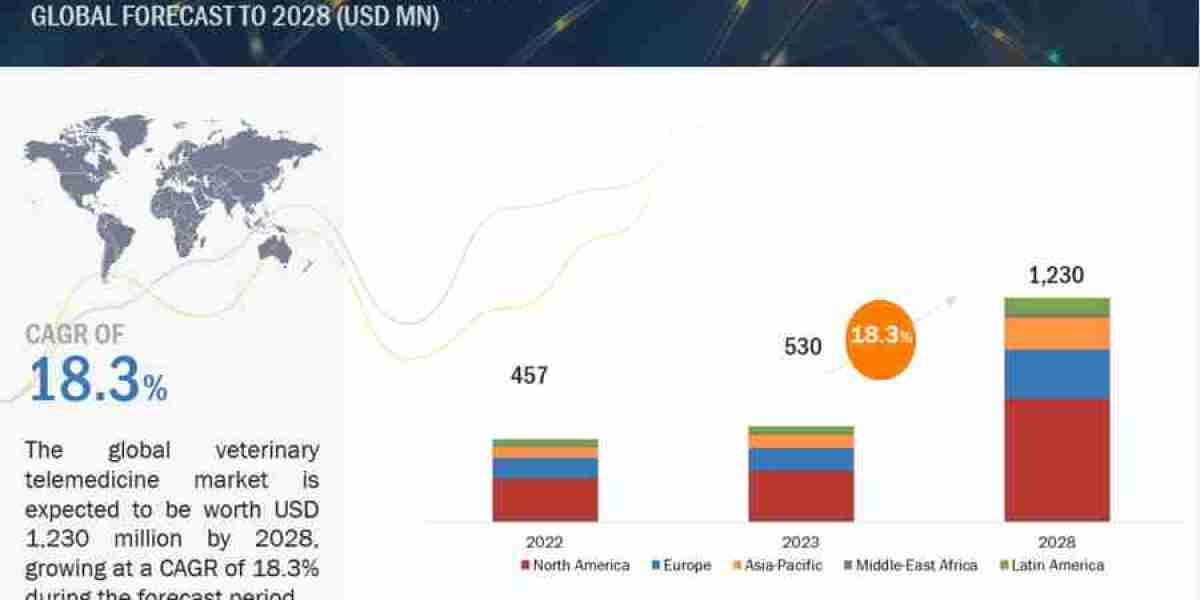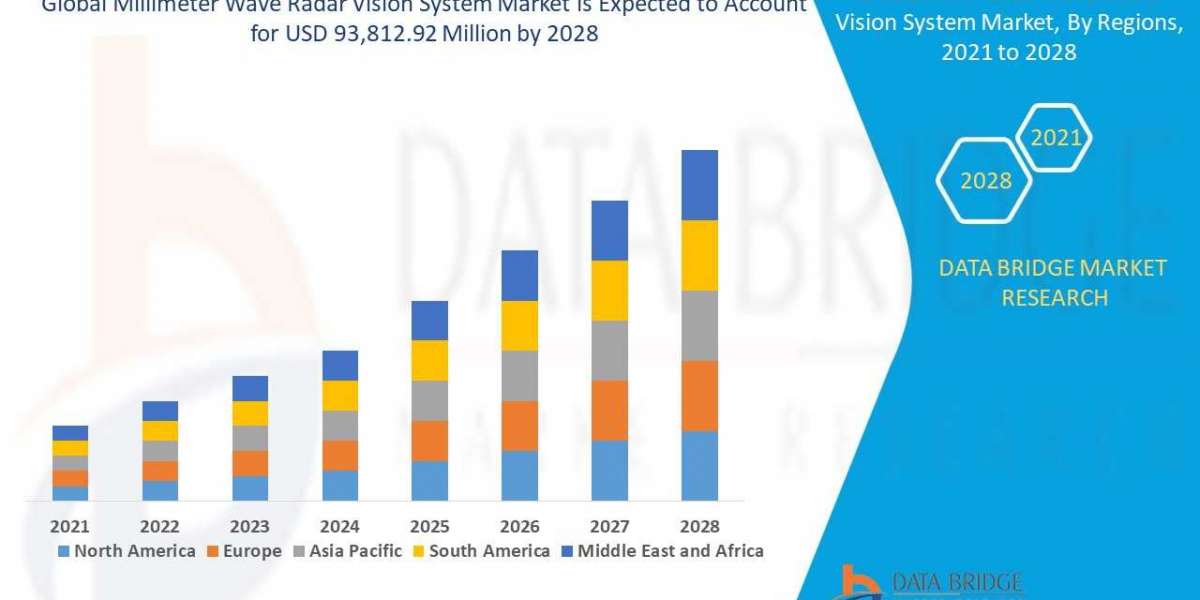The global veterinary telemedicine market is experiencing robust growth, projected to reach $1,230 million by 2028, with a compound annual growth rate (CAGR) of 18.3% from 2023 to 2028. This expansion is primarily fueled by the adoption of Internet of Things (IoT) and Artificial Intelligence (AI) technologies, transforming the landscape of pet healthcare and veterinary services.
A recent industry trend analysis conducted by leading market research experts delves into the veterinary telemedicine market's dynamics and prospects. The report encompasses valuable insights into emerging trends, pricing dynamics, patent analysis, key stakeholders, and market buying behavior. This surge in the market is significantly influenced by the growing incorporation of IoT and AI technologies, bridging the gap between pet owners and the veterinary industry.
IoT devices such as wearables and smart sensors have empowered remote monitoring of pets' health metrics and vital signs, enabling real-time data transmission to veterinarians for prompt analysis. AI algorithms analyze this data to identify patterns, ensuring accurate assessments and timely interventions. AI-powered telemedicine platforms facilitate virtual consultations, where algorithms assist in diagnosis and treatment decisions based on medical records and diagnostic images. Predictive analytics and AI-driven chatbots/virtual assistants offer proactive guidance, triage support, and personalized care.
Moreover, the integration of electronic health record systems for pets, made possible by IoT and AI, elevates data management, enabling evidence-based decision-making. This synergy drives enhanced remote monitoring, diagnostic precision, preventive care, and overall efficiency in veterinary healthcare delivery.
To know about the assumptions considered for the study download the pdf brochure
Market Dynamics:
Driver: The Surge in Chronic Diseases Among Animals
The global increase in chronic conditions in animals is a primary driver for the veterinary telemedicine market. Conditions such as diabetes mellitus, chronic kidney disease, and cancer have become more prevalent, necessitating advanced telemedical solutions for diagnosis, treatment, and monitoring.
Restraint: Cost Implications
The high cost associated with veterinary telemedicine services poses a potential restraint. Although telemedicine offers convenience and accessibility, implementing platforms involves initial investments in technology, software, and training. Furthermore, ensuring secure communication channels and compliance with data privacy regulations adds to the expenses. While consultation fees are comparable to in-person visits, some cases may require additional diagnostic tests or in-person examinations, contributing to the cost.
Opportunity: Technological Advancements
Advancements in technology are pivotal in expanding the veterinary telemedicine landscape. Specialized telemedicine platforms and mobile applications enable virtual consultations, medical record sharing, and remote communication, enhancing the quality and accessibility of veterinary care.
Challenge: Lack of Reimbursement
Limited insurance coverage for veterinary telemedicine services in various regions creates financial barriers for pet owners and clinics. The absence of reimbursement impacts pricing strategies and may hinder the adoption of telemedicine services.
Market Ecosystem:
Leading players in the veterinary telemedicine market, including Vettriage (US), JustAnswer (US), Airvet (US), PetDesk (US), and Pawsquad (UK), offer diversified portfolios, advanced technologies, and global presence.
Market Segmentation:
Internet-based telemedicine is expected to witness the highest CAGR during the forecast period, offering interactive experiences through live chat and video conferencing.
The software & services segment is poised for higher growth, providing convenience, access to specialists, better communication, and tracking.
The diagnosis and treatment segment is projected to achieve the highest CAGR, driven by technology advancements and increasing veterinarian comfort with telemedicine.
Asia Pacific (APAC) emerges as the fastest-growing regional market, fueled by rising disposable income, pet ownership, and heightened pet healthcare expenditures.
As the veterinary telemedicine market continues its upward trajectory, IoT and AI remain pivotal in transforming how pet healthcare is delivered and accessed, benefiting both pet owners and veterinary professionals.
Sources








